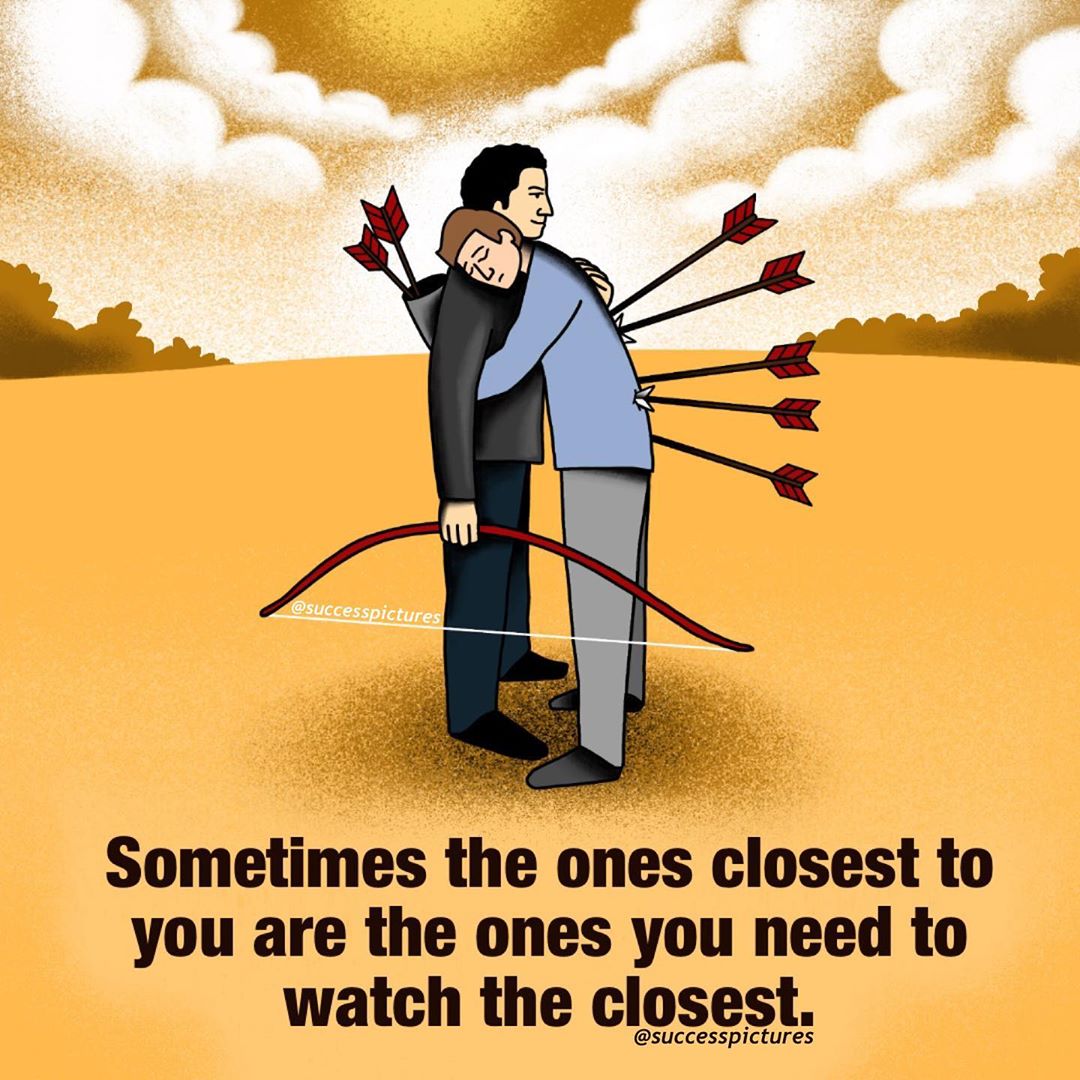

Author William Safire used the example of George Bush Jr’s press secretary fielding media inquiries about Dick Cheney’s hunting accident (“it is what it is, and it’s time to move on”), and Britney Spears being photographed driving with her infant son on her lap (“I made a mistake, and so it is what it is”) to show how the phrase could be used to draw a line under behaviour of questionable legality. A New York Times article from 2006 was amongst the first to glom onto the phrase’s increasing popularity.

The first thing to note: although “it is what it is” feels as British as beer bellies, sunburn and fading St George’s flag tattoos, the phrase is arguably as American as it is British.

But where did the phrase come from, and what does it mean? And more importantly: will “it is what it is” ever die? When the father of modern situational comedy and Gen Z TikTok users are saying the same thing concurrently, you know you’ve tapped into the motherlode of the cultural zeitgeist.


 0 kommentar(er)
0 kommentar(er)
